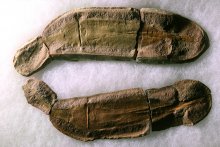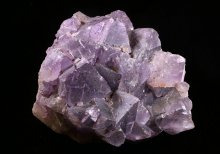Geology
The geologic time scale is the “calendar” for events in Earth history. It subdivides all time into named units of abstract time. The enumeration of those geologic time units is based on stratigraphy, which is the correlation and classification of rock strata. The fossil forms that occur in the rocks provide the chief means of establishing a geologic time scale. Because living things have undergone evolutionary changes over geologic time, particular kinds of organisms are characteristic of particular parts of the geologic record. By correlating the strata in which certain types of fossils are found, the geologic history of various regions—and of Earth as a whole—can be reconstructed.
Major events and evolutionary changes in Illinois can be categorized using the geologic timescale as a framework. For example, human history in Illinois begins in late Pleistocene or early Holocene geologic period. The Bicentenniel of Illinois Statehood spans the last two hundred years of the Holocene and are higlighted in blue in our Time Periods menu.
GEOLOGIC TIMESCALE FOR NORTH AMERICA
- Cambrian (543 to 485 million years ago)
- Ordovician (485 to 443 million years ago)
- Silurian (443 to 420 million years ago)
- Devonian (420 to 359 million years ago)
- Mississippian (359 to 323 million years ago)
- Pennsylvanian (323 to 299 million years ago)
- Permian (299 to 250 million years ago)
- Triassic (250 to 200 million years ago)
- Jurassic (200 to 145 million years ago)
- Cretaceous (145 to 66 million years ago)
- Paleogene (66 to 25 million years ago)
- Neogene (25 to 2.6 million years ago)
- Pleistocene (2.6 million to 11,700 years ago)
- Holocene (11,700 years ago to present)








